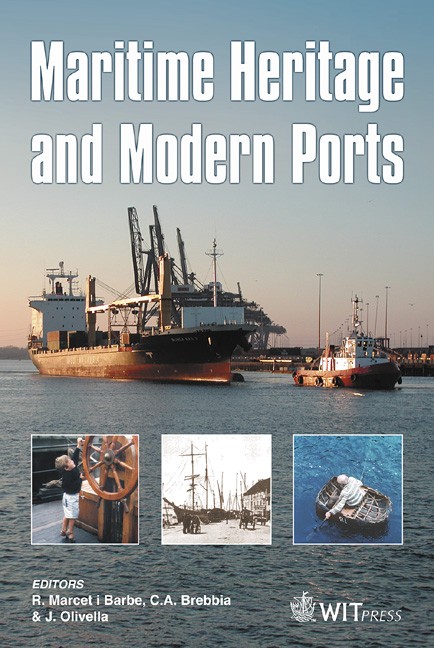The Harbour Of The Mansio Ad Speluncas (Brindisi, Italy): A Key To The Lecture Of Sea Level Changes In The Past 3500 Years?
Price
Free (open access)
Transaction
Volume
79
Pages
10
Published
2005
Size
2,712 kb
Paper DOI
10.2495/MH050011
Copyright
WIT Press
Author(s)
R. Auriemma, G. Mastronuzzi, P. Sansò & F. Zongolo
Abstract
The archaeological site of Torre Santa Sabina is to the north of Brindisi along the Adriatic coast of Apulia, not far from the ancient Karbinia, the modern Carovigno. It is well known because of the continuous human presence from the Neolithic to the Middle Ages, through Mycenaean and Roman times. It was named ad speluncas during Roman times; when little villages—mansions—were placed along the main roads playing an important role as logistical stations between the main cities. Numerous archaeological structures have been found in the coastal area of the mansio ad speluncas. They are land indicators or sea indicators since they only indicate that sea level was lower or higher than present at the time of their building. The most important sea level indicators are two wrecks of Roman ships ascribed to the Late Republic or I st century of the Imperial Age. Beached at the mean depth of 2.5m b.p.s.l. sea level, they could indicate the position of the sea level at the time of their abandonment on the beach. The archaeological remains suggest that about 3300 years ago the sea level stood up to 3m below the present one; 2200 years it raised up to 2.5m lower than the present one as also indicated by data coming from the near harbour of Egnatia. The following rise of the sea level has been responsible for the flooding of medieval structures. Keywords: sea level changes, historic harbour, wreck, Puglia, Italy. 1 Introduction Archaeological data have been widely used in the Mediterranean basin for the reconstruction of sea-level change during historical times [i.e.: 1, 2, 3, 4 and
Keywords
sea level changes, historic harbour, wreck, Puglia, Italy.





